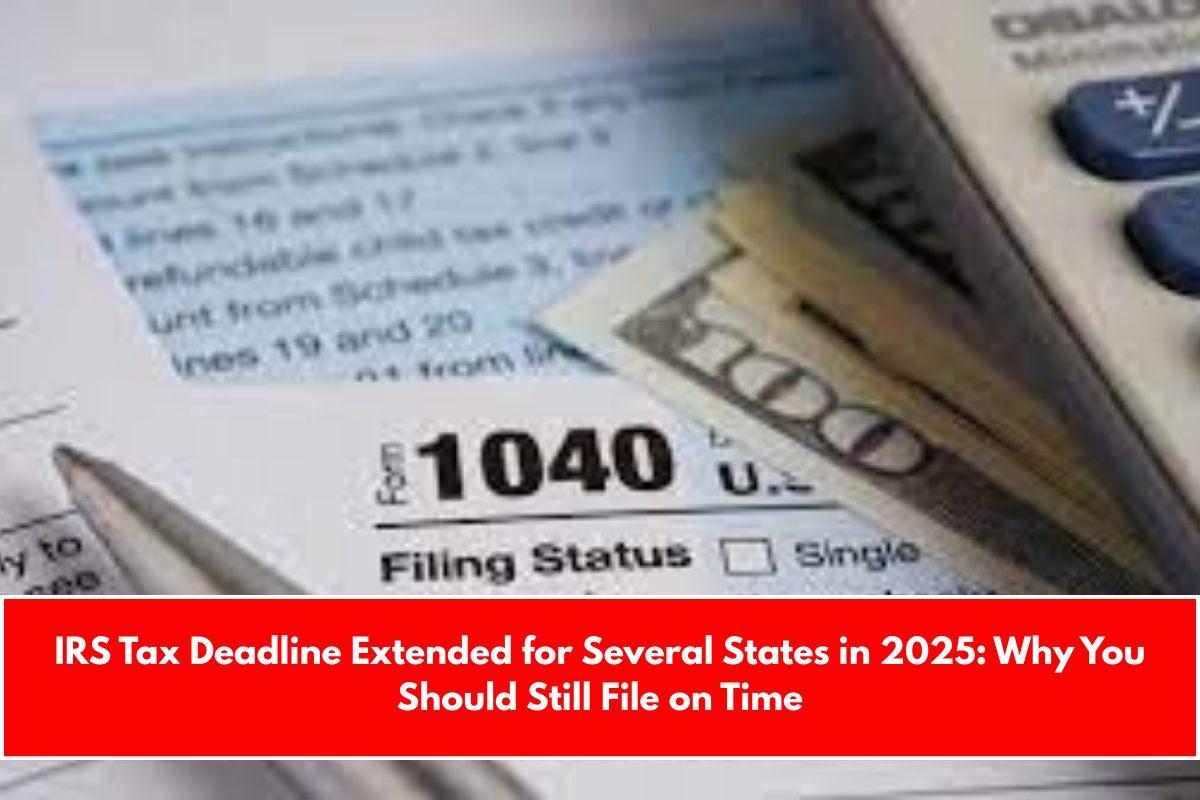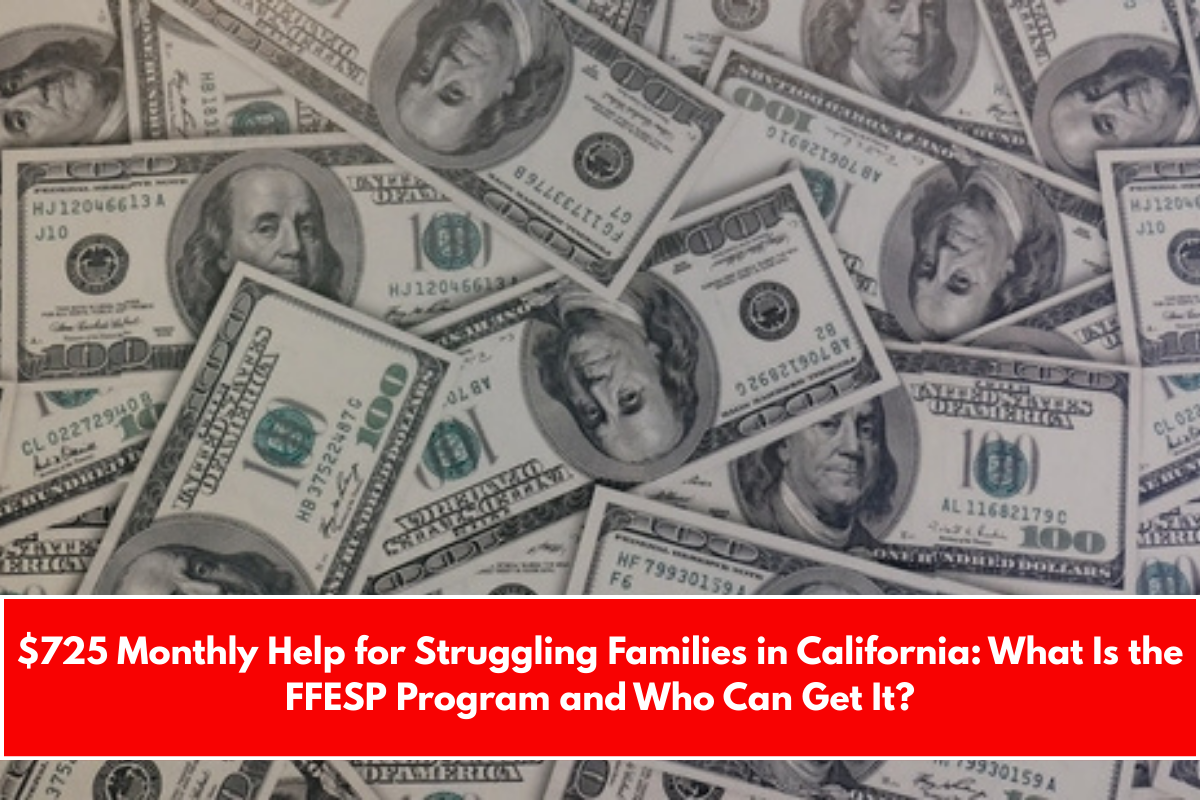If you receive Social Security Disability Insurance (SSDI) or Supplemental Security Income (SSI), you might be wondering about your upcoming payments.
This article explains the latest updates on payments, payment dates, eligibility, and the difference between SSI and SSDI benefits.
What Are SSI and SSDI?
SSI (Supplemental Security Income) and SSDI (Social Security Disability Insurance) are both financial assistance programs provided by the government to people with disabilities.
While both programs help people who are unable to work due to a disability, there are important differences in how they are funded and who can qualify.
Upcoming Payments
The most recent SSDI payment was sent on October 23, 2024, and millions of Social Security recipients are getting ready for their next payments. The next SSI payment is scheduled for November 1, 2024.
If you receive SSDI and also receive SSI or have been receiving benefits since May 1997, your SSDI payment will also come on November 1, 2024.
When Are Future Payments for SSI and SSDI?
- SSI: Payments are often sent early if the first business day of the month falls on a weekend or holiday. In November 2024, the next SSI payment will be on November 1. The December SSI payment will be sent early on November 29, due to a holiday.
- SSDI: SSDI payments are sent out on specific Wednesdays depending on your birth date. For November 2024, the payment schedule is:
- November 13: Born between the 1st and 10th of the month
- November 20: Born between the 11th and 20th of the month
- November 27: Born between the 21st and 31st of the month
Maximum Payment Amounts
- SSI: The monthly payment for SSI depends on your living situation:
- A single person can get up to $943.
- A married couple can get up to $1,415.
- SSDI: For those receiving SSDI, the payment depends on your work history and prior earnings. The maximum SSDI payment is $3,822 for individuals who worked in high-paying jobs for at least 35 years.
Key Differences Between SSI and SSDI
There are some important differences between SSI and SSDI:
- Funding Source: SSI is funded by general tax revenues, while SSDI is funded through the Social Security Disability trust fund.
- Eligibility: Both require meeting Social Security’s disability criteria. However, SSI also requires limited income and resources, while SSDI needs a sufficient work history.
- Health Insurance: SSI recipients can receive Medicaid right away. SSDI recipients will need to wait 24 months before becoming eligible for Medicare.
- Work History: SSI does not require a work history, but SSDI does.
It is important to know when your next SSI or SSDI payment is coming and to understand the differences between these programs. By staying informed, you can plan for your finances and make sure you don’t miss any payments.
When will I get my next SSI payment?
The next SSI payment will be on November 1, 2024, if you are eligible.
How much is the average SSDI payment?
The average SSDI payment is about $1,539 per month, but this amount can vary.
Can I receive both SSI and SSDI?
Yes, you can receive both if you meet the eligibility requirements, especially if you’ve been receiving benefits since May 1997.
What’s the difference between SSI and SSDI?
SSI is for individuals with limited income and resources, while SSDI is for people who have a work history and paid into Social Security.
Why is my SSI payment sent early sometimes?
SSI payments are sometimes sent early if the usual payment day falls on a holiday or weekend.
















